
NormanW
-
Posts
23 -
Joined
-
Last visited
Content Type
Profiles
Forums
Blogs
Gallery
Events
Store
Posts posted by NormanW
-
-
This postcard photo has been found in an office drawer. From the uniforms, duty arm bands, divisional letter on the helmet pates ,snake fastener belts, I believe they are Metropolitan Police.
The Acting Sgt on the front row, 3rd right, is wearing the three 1st World War medals, so date is 1919 or there after.However many officers including the detective have a medal on a ring with an edge band and two central dark bands. On some the medal is preceded aby another with a light central band.
The officer second left has the four banded medal succeeded by another which appears to have several clasps.
Could anyone suggest what these medals might be please? This is the best quality scan I can get from the photo.
0 -
2 hours ago, Dave Wilkinson said:
The "cloth" part of the belt was hidden from view beneath the tunic. The leather straps were allowed to protrude from the "slit" in the tunic waist and hang down. It is not a cross belt. The sword could be carried on either side of the tunic. It was the wearers preference, his tunic being tailored accordingly. Looking at the weapon, I'd suggest that it is not intended to to go with the tunic or belt and is probably a "marriage" having been added to the ensemble at some point.
Dave.
Thank you. There are no "slits" in the tunic and my thoughts re the same that the two elements have been brought together rather than ever having been paired properly.
0 -
I have received a late 19th Century City of London Police Inspectors uniform, together with a strange belt, supposedly used to carry the Hanger.

The belt appears to be the same age as the uniform from the leatherwork, but the belt support loops would mean the Hanger was carried on the right side, not the left.
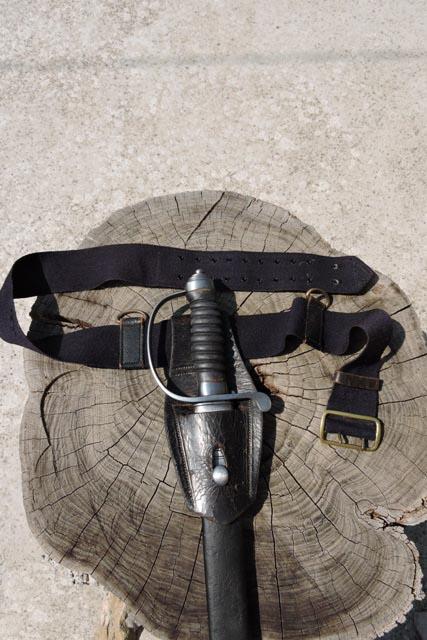
I have never come across a soft cloth belt for carrying a sword/hanger before and I suspect that the belt is probably for a dress sword of some sort and the two piece "cross belt" are actually the two different length straps which would attach a sword to the belt.

Does anyone know anything about swords, police hangers and their carrying belts, who could offer some insight into what it is that I actually have please?
The uniform tunic, which is a "frock coat" style working rather than dress uniform, has no wear marks to suggest that the wearer ever wore a belt of any kind with it.
The only photographs I have of police wearing hangers show leather belts and my enquiry with the CoLP was not answered because their museum has now closed.
0 -
Thank you for your help and advice.
0 -
I am looking for help with some police research into World War II.
Do we have anyone who has researched or written about UK wartime policing, 1939 - 1945? Specifically when was regular recruiting stopped, when were retired officers called back as the Police War Reserve, was was being a police officer ever a reserved occupation? Were young officers called up, or was it just volunteers? The PAMS, Police Auxilliary messener Service was established in 1941, but it is known that police forces had been employing their own messengers before that date. I have found that the police was not listed in the 1938 Schedule of Reserved Occupations, but cannot find when it did become listed.
The reason for my research is that hanging at the back of the main Magistrates Court in York, there is the memorial to three York City Police officers who died serving their country.
Two I have traced and know their War service. The last on the list is PC 94 Thomas Watkinson, or is it Thomas W. Atkinson?
There are two Thomas Watkinson's listed (CWGC) as killed in action. Neither from York but there is a Thomas William Atkinson, who was killed in 1944, aged just 23 (https://www.cwgc.org/find-records/find-war-dead/casualty-details/2218429/thomas-william-atkinson).
At face value, he would seem to be too young to have been appointed as a Constable. That is until I discovered a Thomas William Atkinson, living in lodgings in York, from a village just west of York, was in 1939 a police telephone operator/messenger.
Not everything is online, for example the date of appointment of Gunner 14264800 Thomas W Atkinson to the Royal Artillery. Neither are the City of York Watch Committee Minutes. Sadly few York City Police records have been preserved and no one has written a history of the force. I believe that eight digit service numbers began to be issued sometime in 1942.
Using the Civil Law standard of "on the balance of probabilities", I think Pc 94 T W Atkinson and Gunner T W Atkinson, may be one and the same, but I would like to know more about the process of appointing officers in the 1939 - 1945 period, if anyone knows....
It would be nice to be able to commemorate the service of PC 94, as we can with PC 82 John Gillard Cutt, of the Royal Artillery, killed on 3rd September 1942 at El Alamein, and PC 80 John Cappleman, of 48 Commando, killed on 6th June 1944, on Juno Beach.
0 -
1 hour ago, Dave Wilkinson said:
The cap badge is the bullion wire coat of arms of Coventry. I think that they are Coventry bobbies as those bullion wire badges were indeed worn by Senior Officers of Coventry City Police as can be seen in the second image of my badge grouping from there.
Thanks Dave. Never seen a lot of those early badges and you are right, they look like the bullion wire cap badges.
Digging further, Coventry City had very strong links with the RNLI pre WWI and I think the person with the crown is Chief Constable Charles Christopher Charsley.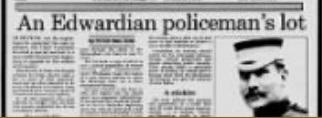
I have now contacted RNLI heritage to see if they have information on what may be "Lifeboat Saturday" and where the photo was taken.
0 -
I have been sent this postcard to try and identify which force it my be. The four gentlemen seem to be standing in front of a lifeboat, which makes it coastal.
Enlarging the cap badge, it is a coat of arms, similar to Coventry City. But the uniforms seem wrong to me for police in the period (1910-1924 at a guess). Could they be a dock, port or private force?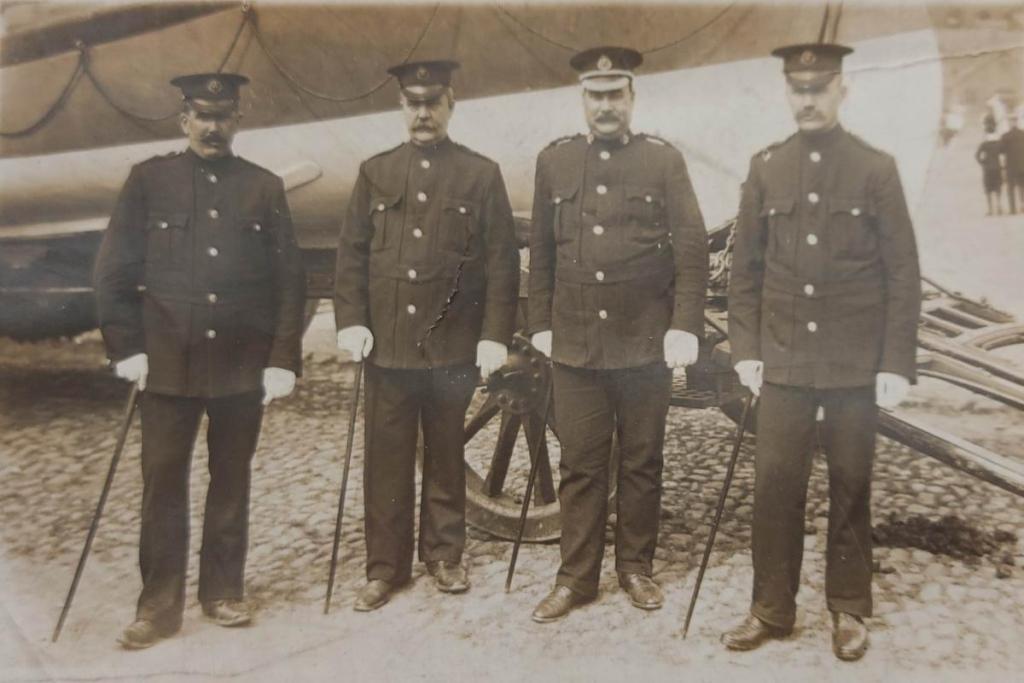
No medal ribbons, no rank badges except the crown on the Superintendent's collar and very little to identify who, when, where.
Any suggestions would be appreciated0 -
10 hours ago, Nightbreak said:
Thank you for your efforts.
A suggestion from a retired colleague from St Albans is that it may be De Havaland (sic De Havilland) Police. The DH factory was at Hatfield, the next town.
I'm aware that in WWII several aircraft companies involved in secret defence work set up their own police, like the GAC - Gloucester Aircraft Company. I wonder if De Havilland did the same?
 0
0 -
Need help with some extra brain cells please....
Does anyone know of a Chief of a colonial force C WWII or later, something "****land police", whose name was Woodgate?
I have this black and white photo of the first St. Albans police box, which was on the corner of London Road and Cunningham Street. So far, so good.
The text is hard to read and faded:
1932 PC Woodgate ****** the force
became Chief of ? ******land? Police
The first police boxes, London rd. by Cunningham Hill Insp G Wright
Self in sidecar L H Shipper
Where did PC Woodgate become Chief of?
There are few UK force names which end in "***land";
Northumberland, Sunderland, Cumberland & Westmorland, but only Sunderland was a police. He wasn't chief of Northumberland or Sunderland and I can't find the names of the Cmb & West'land Constab chiefs.
I have been through my list of forces and can't find any others. Am I missing something obvious? Could it be Sudatenland or another colonial force by any chance?
Photoshop doesn't help bring out any latent detail, it just makes the script even harder to read!0 -
Thank you, and also thank you for adding the photo!
0 -
-
Thank you very much everyone. Your help is much appreciated.
0 -
I have the negative of this lovely photo of a Kingston upon Hull City Police officer using one of the police pillars in Jameson Street, Hull.
He is wearing a Kings crown helmet plate, although it looks like the 1937 pattern with the three crowns separate, rather than a 1947 plain pressed issue. His tunic is open neck, so it places the photo c.1951. His shoulder number is not fully visible, even at very high resolution. I'm trying to identify the officer.
There is just one medal ribbon partially visible. It's not the police long service medal. Can anyone identify what it might be please?0 -
Thank you David.
This is from Alastair Dinsmore at the Glasgow Police Museum, despite what the family says about Lanarkshire - William Sutherland born 1891 and joined Glasgow Police 1913. He was in charge of the Aliens Dept of Glasgow Police during WW2 and it was for this work that he was awarded the medals.0 -
23 hours ago, Dave Wilkinson said:
The photo does not appear to be of a member of the Lanarkshire Constabulary. That force had quite distinctive cap badges consisting of a double headed eagle from formation in 1857 through to demise in 1975. They never wore at any time the Scottish National Cap Badge.
A search of the Home Office Medal Roll of the recipients of the 1937 Coronation Medal shows that at the time of the award, William Swanson Sutherland, was serving as a Sergeant in the Glasgow City Police. In all probability he spent his entire career with Glasgow. He is not, as already stated, wearing Lanarkshire uniform.
One other point I should make is that during this man's service there was no such rank as "Chief Inspector" in Glasgow. The rank between Inspector and Superintendent was "Lieutenant".
I regret I'm not able to identify the medal you ask about.
Thank you, I did wonder about Lanarkshire. I have both the sterling silver and later style double headed eagle cap badges, but wasn't sure about what officers wore. I am going on what I was told and will correct my colleague. I didn't know about the Lieutenant rank in Glasgow though. Learn something every day.
On 17/05/2022 at 12:12, JohanH said:Hello!
It could be the Pro Dania medal.
Thank you Johan, That looks like it. Your welp is much appreciated.
Norman
Thanks to everyone. I wonder what this officer was involved in during WWII to be awarded King Christian X of Denmark's Medal in Commemoration of the Liberation and King Haakon VI;s Freedom Cross, awarded to Norwegian or foreign military or civilian personnel for outstanding achievement during war. It is ranked fifth in the order of precedence in the Norwegian honours system.
0 -
On behalf of a colleague, I'm trying to identify the 2nd medal from the right in this group.
The photograph is of Chief Inspector William Swanson Sutherland of Lanarkshire Constabulary. He retired c. 1946/47.
The medals as L-R - 1) WW2 Defence Medal, 2) 1937 Coronation Medal 3) ?? 4) King Hakon VII of Norway Freedom Cross
The medal ribbon appears to be tricolour and the medal has a crown which look rather Danish in shape.
Any help would be appreciated.1 -
Has anyone come across any badges/insignia of the Gilbert & Ellis Islands Constabulary please? They were a Pacific British protectorate from 1892 and colony from 1916 until 1 January 1976 when they became independent as Tuvalu and Kiribati.
There are some documents referenced in the National Library of Australia, but nothing is available online.
NW
0 -
Thanks to everyone who replied. I've now got more information which has identified the officer.
Photo is of Eli White who served 32 years with the Metropolitan Police, 1880 - 1912, mainly at Harrow. The medals are genuine and his, 1887 Jubilee with 1897 clasp, 1902 and 1911 Coronation medals.
The photo was taken after he retired and the uniform is a prop from the photographers wardrobe. The helmet badge has been deliberately obliterated.
0 -
Thanks for your replies.. I hadn't considered that the badges could have been deliberately blurred.
I knew that the Victoria jubilee medals were only issued to the Met and City forces, but the collar number doesn't have a divisional letter. The shoulder badge I had thought was an inverted chevron over an quadrafoil. I don't see it as a crown. No constables wore crowns.
It gets more interesting....
The policeman has been "repaired", but still no detail...0 -
I'm trying to identify the police force that the officer in the centre of the photo was a member of. Despite an unusual fluted spike finial on the helmet and what looks like a quartrefoil surmounted by an inverted chevron on the epaulette, I am struggling.
The picture is from a damaged postcard c.1915-1918 with a soldier on either side. The cap badge on the right is indistinguishable, but the one on the left looks unusual. Can I ask please if anyone can identify the regiment the soldier on the left was from? It might help to narrow down the area where the police officer was from. Thanks for reading.0 -
Thank you very much for your help POWCollector. Very impressive from the best photo I could obtain, which was poor at best. The MID is interesting. He has never spoken about it, even to family but there was a suggestion that there was more to his military service than he ever let on.
Your help is greatly appreciated...0 -
This is a VERY short notice request, for which I apologise. I have just been asked about a retired police colleague, who will celebrate his 100th Birthday on Monday next week. The force seems to have few details and has asked if I can help with some background. He was the Traffic Division Superintendent when I was a PC on motorway patrol.
I have just one photo of him in uniform. The last ribbon, bottom row, right is the Police Long Service medal. The rest are unknown to me. He joined the police after the war in 1947. There is a suggestion he saw service in the 8th Army in N Africa.
From a black and white photo, please can anyone help identify what the medal ribbons preceding the LS&GC ribbon are. I know it's a long shot, but I can only ask...0


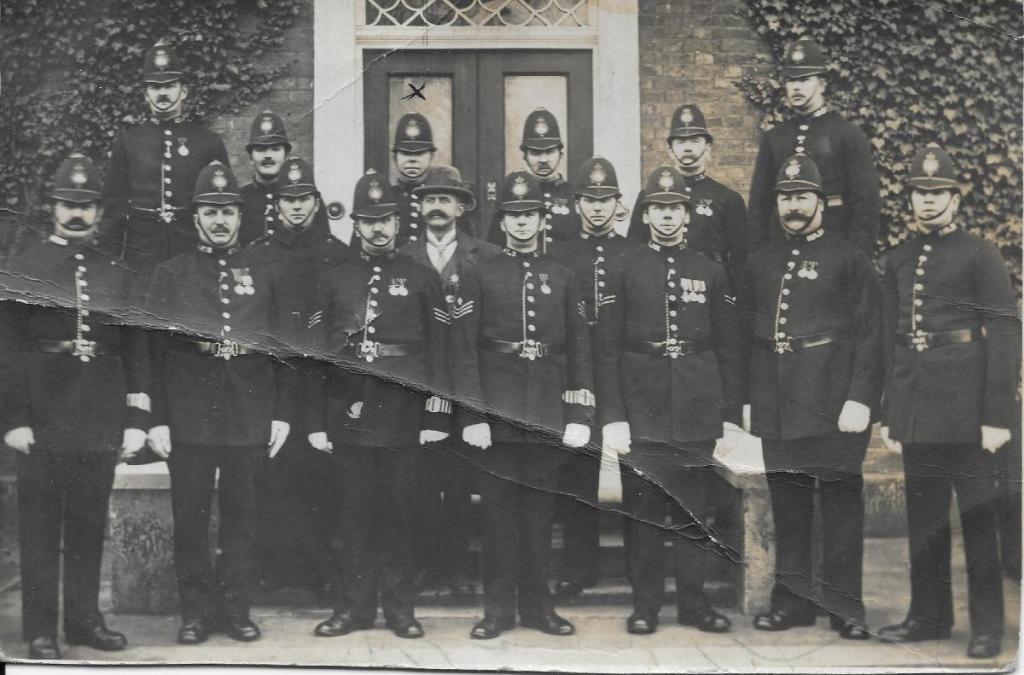
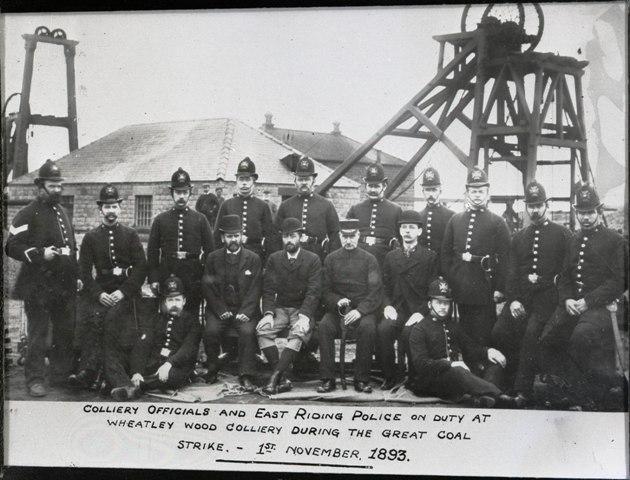
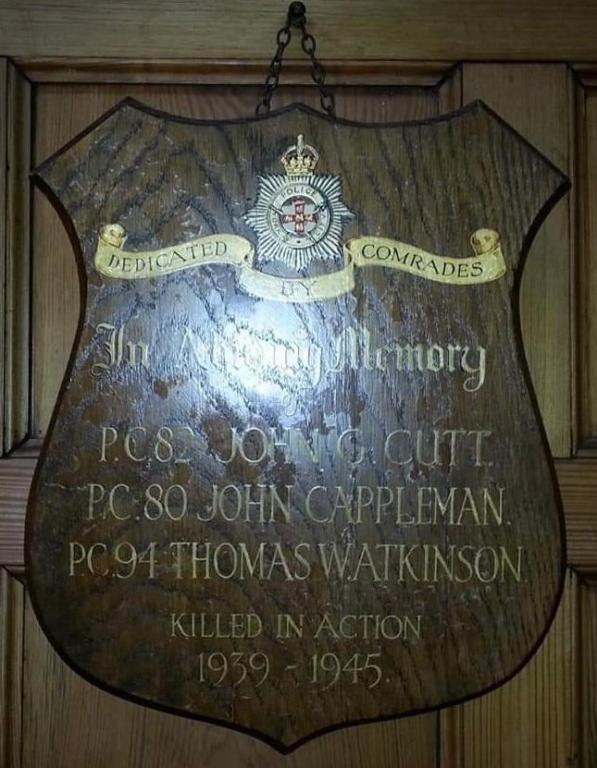
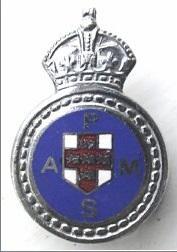
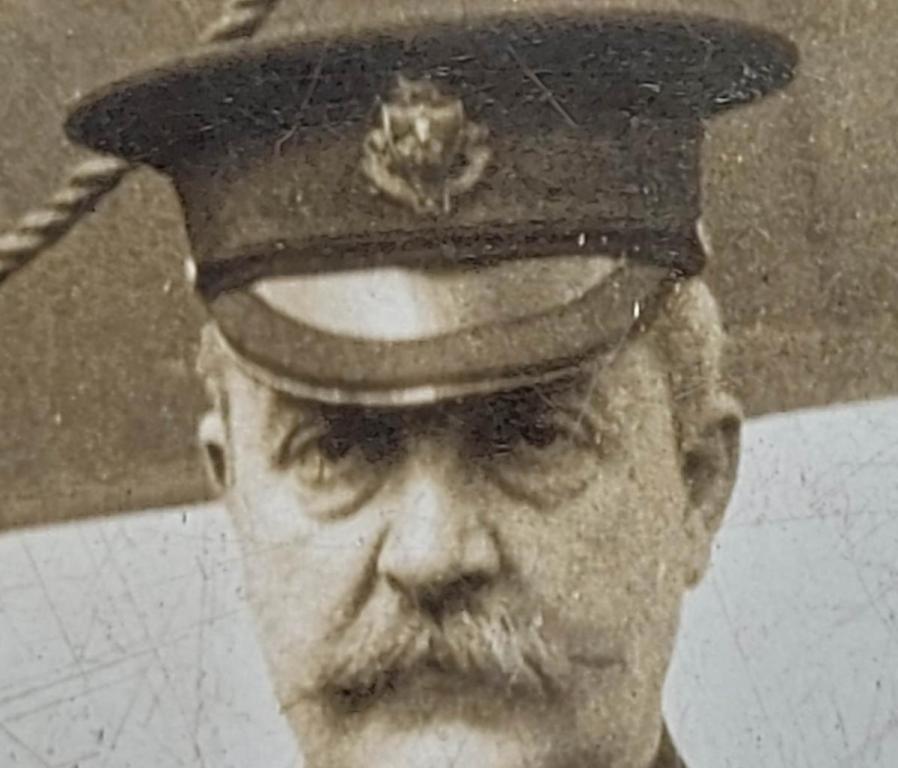

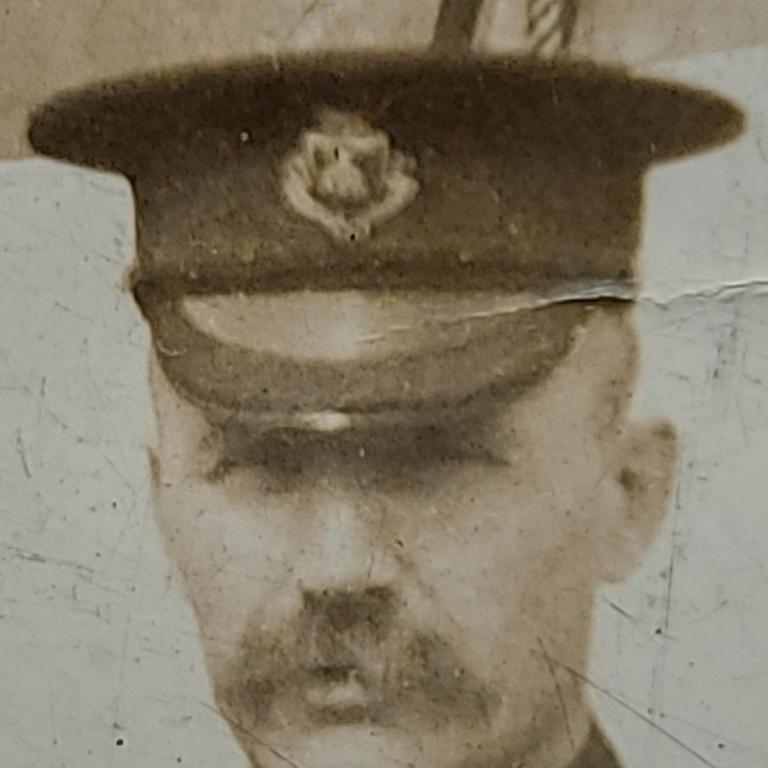
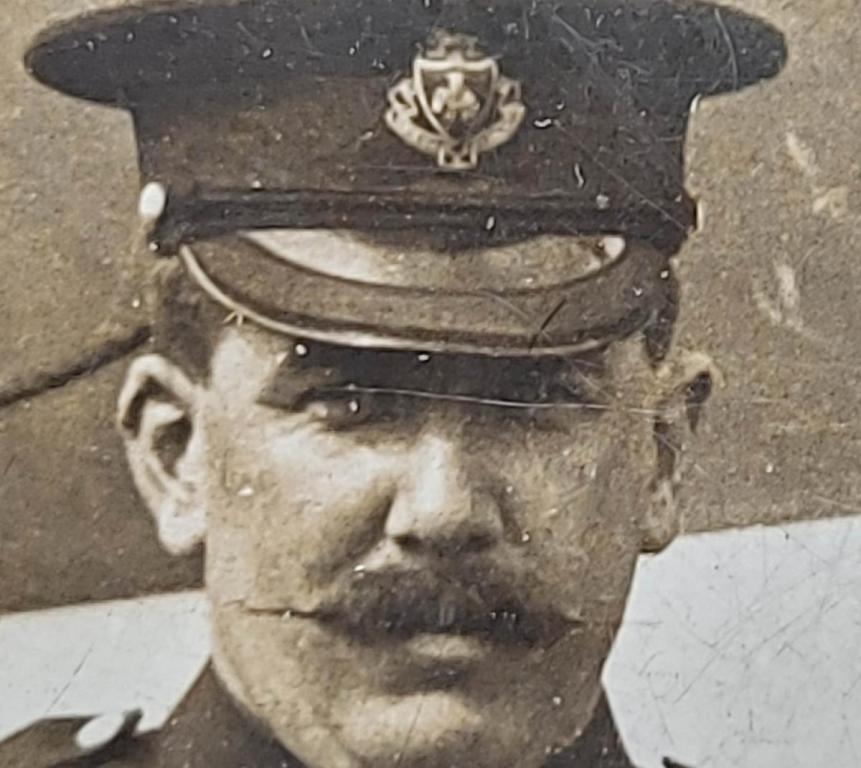

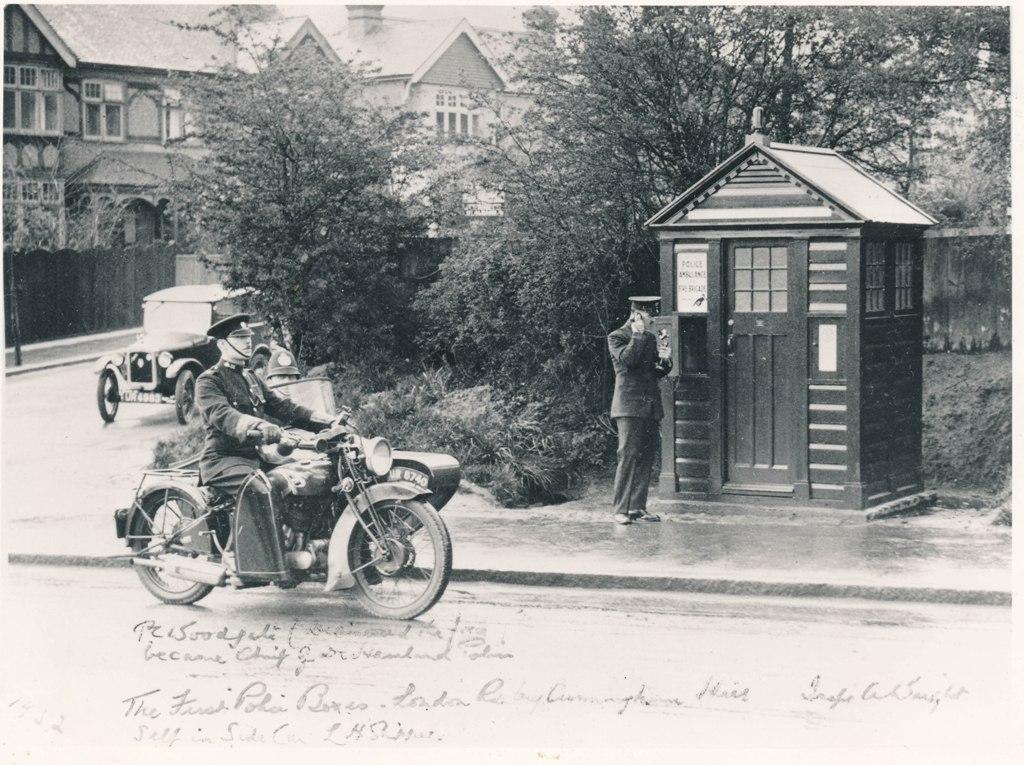
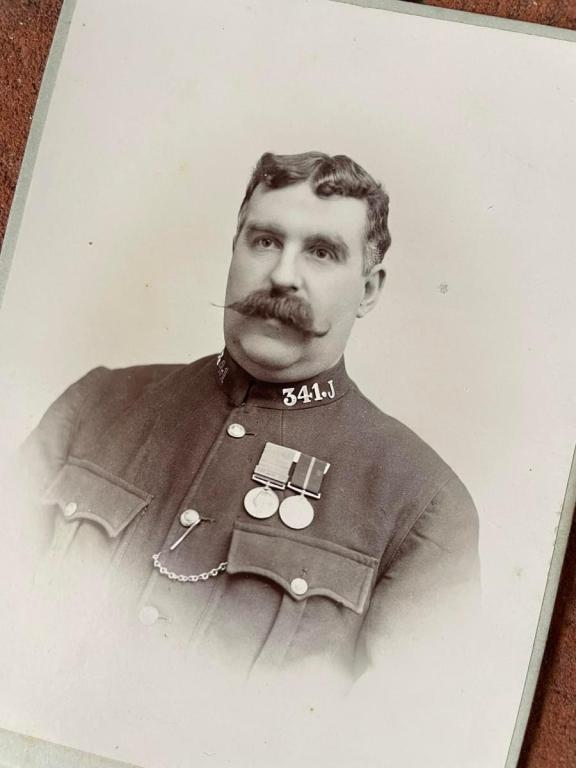
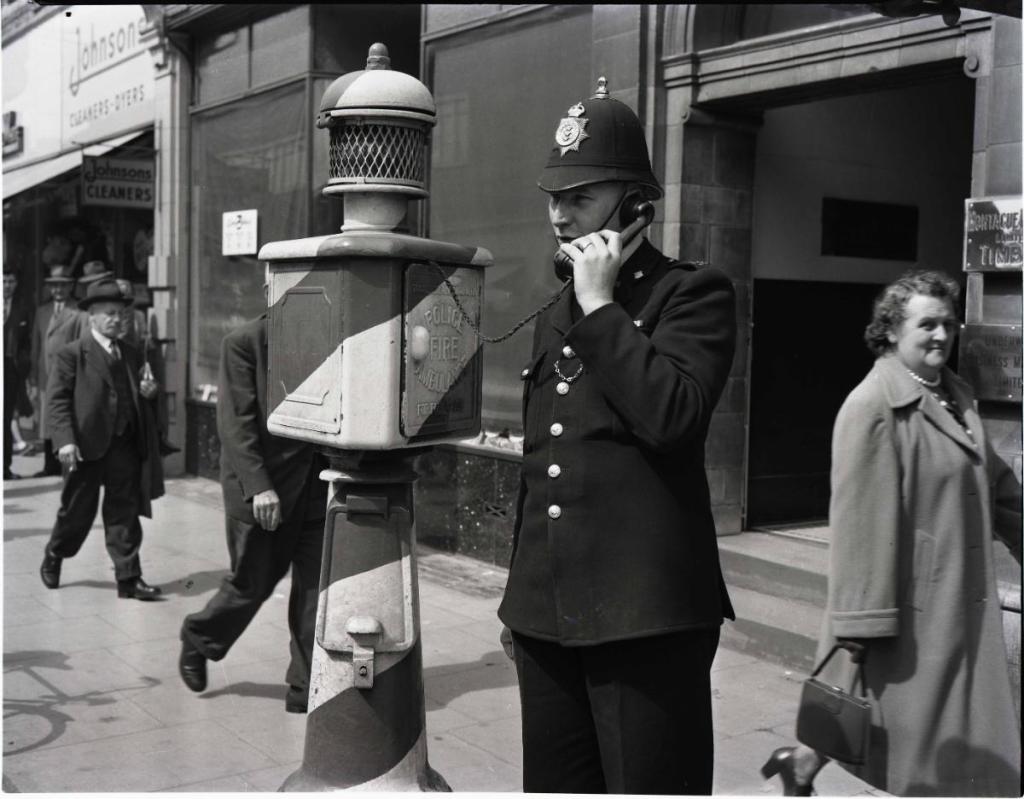
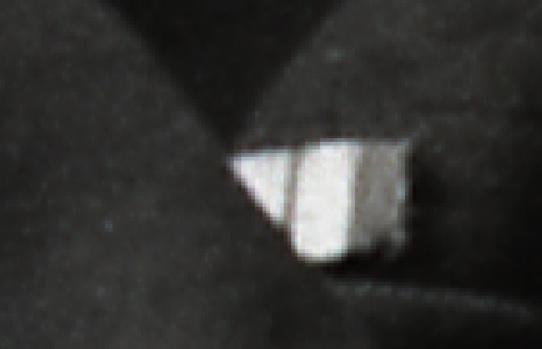
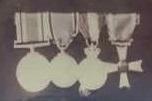
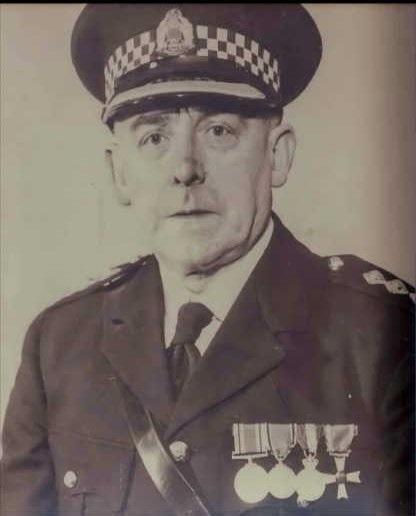
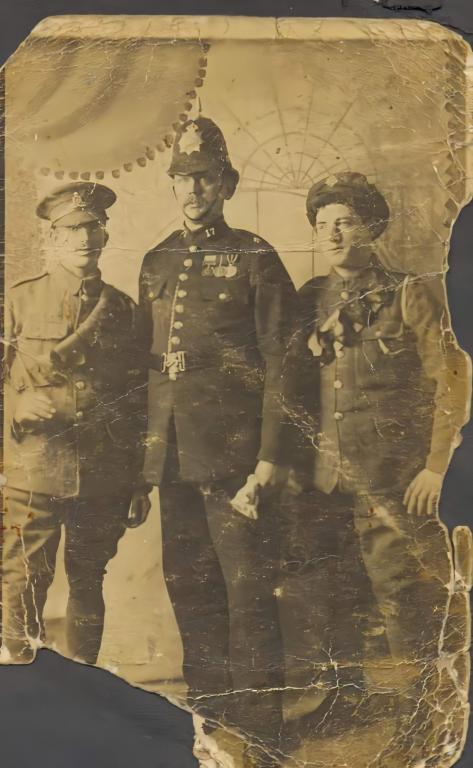

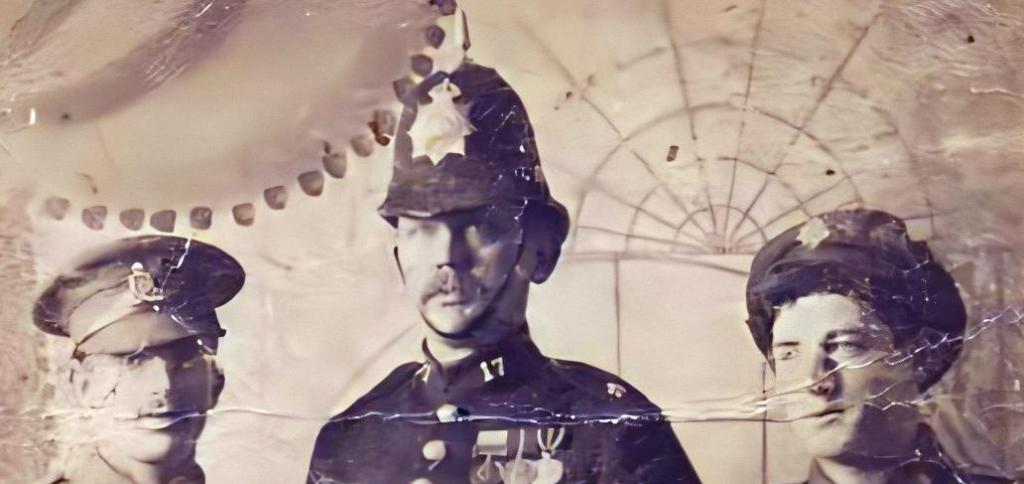

Metropolitan Police officer's medals
in Great Britain: Mervyn Mitton's British & Colonial Police Forces
Posted
Thank you. Most useful.
The three stripes and crown was an actual rank of Station Sergeant. Earlier the Met had four stripes for the rank. Quite a number of forces had two stripes for an acting Sgt.